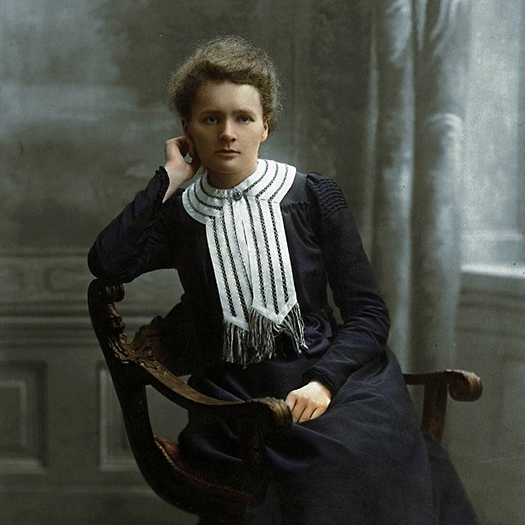Marie Curie is perhaps the most famous woman of 20th-century science. Major films and best-selling biographies have chronicled her discovery of the radioactive elements polonium and radium, for which she shared the Nobel Prize in physics in 1903 and then received a second Nobel Prize, this time in chemistry, in 1911. Very little note, however, has been made of her leadership role in developing radioactivity standards.
|
ADVERTISEMENT |
In 1910, she was asked by her peers to prepare the world’s first radium standard: a glass ampoule containing 21.99 milligrams of radium chloride, whose mass and radioactivity had been carefully measured. She agreed, on the advice of Nobel laureate Ernest Rutherford, that this international standard would not be kept in her Paris laboratory, but would instead be stored at the International Bureau of Weights and Measures in Sèvres in the Paris suburbs.
…

Add new comment